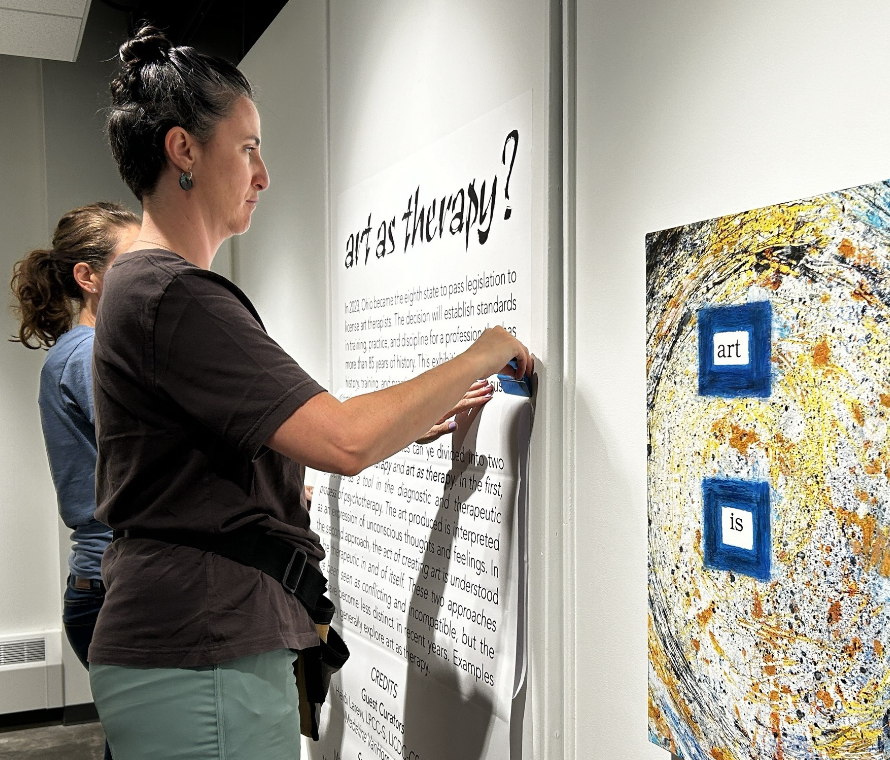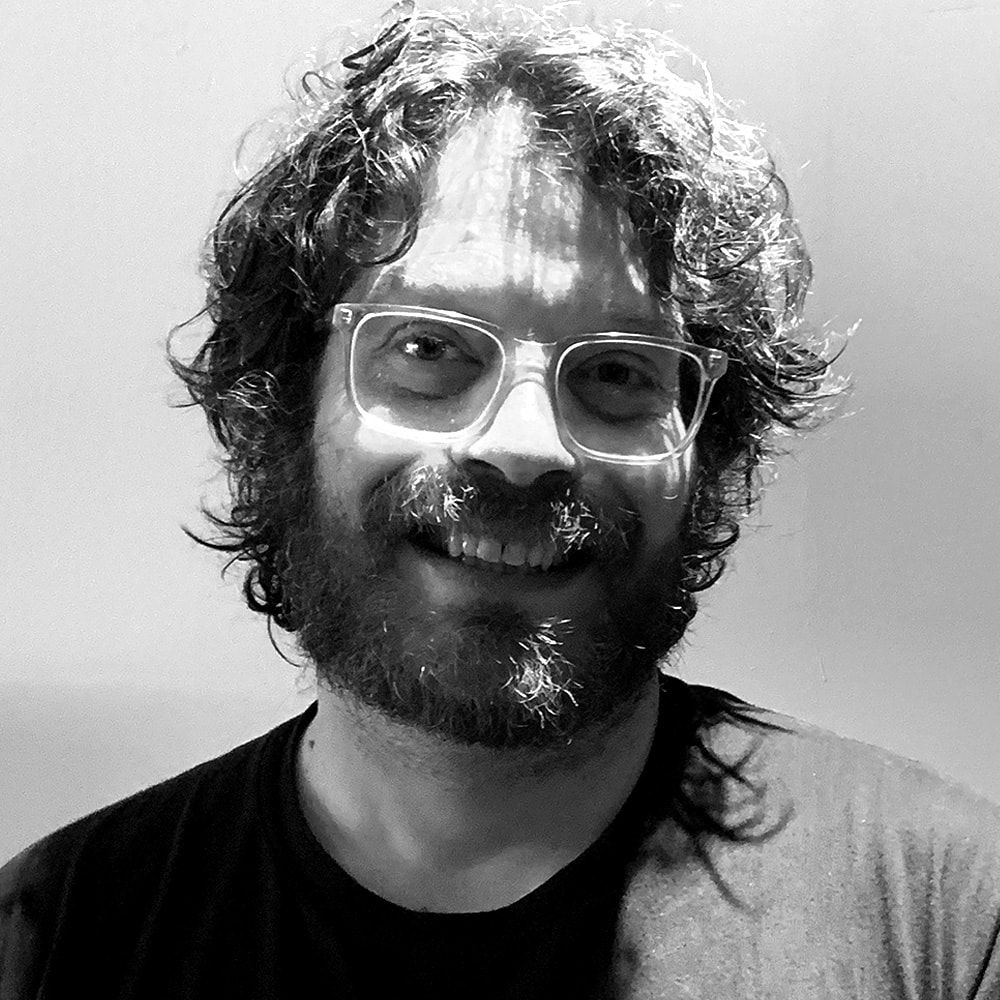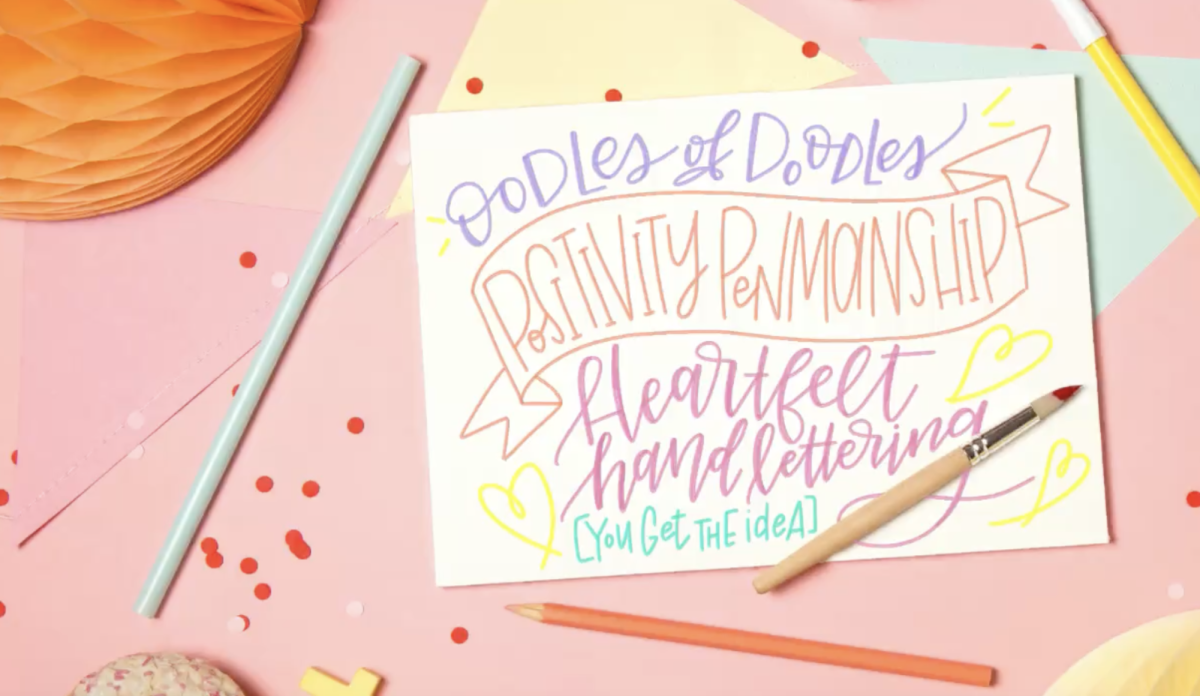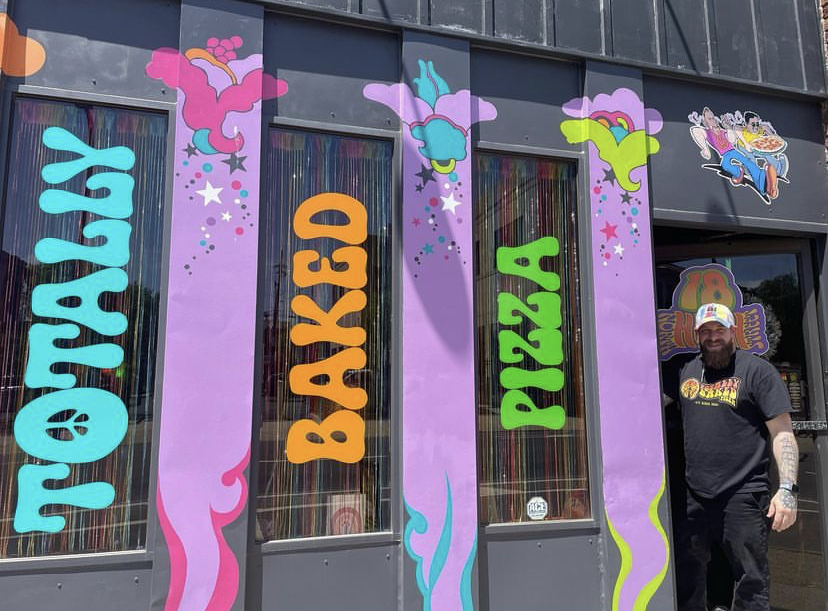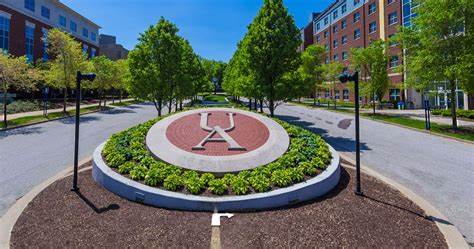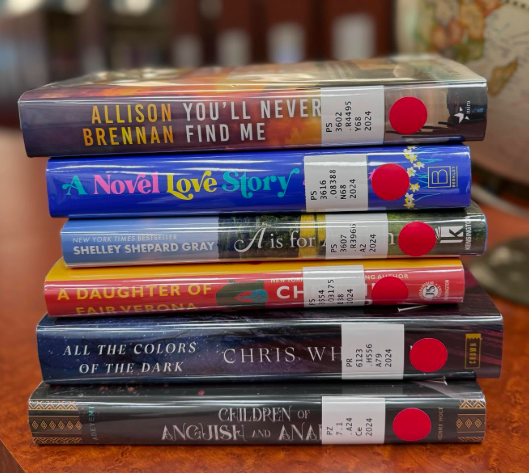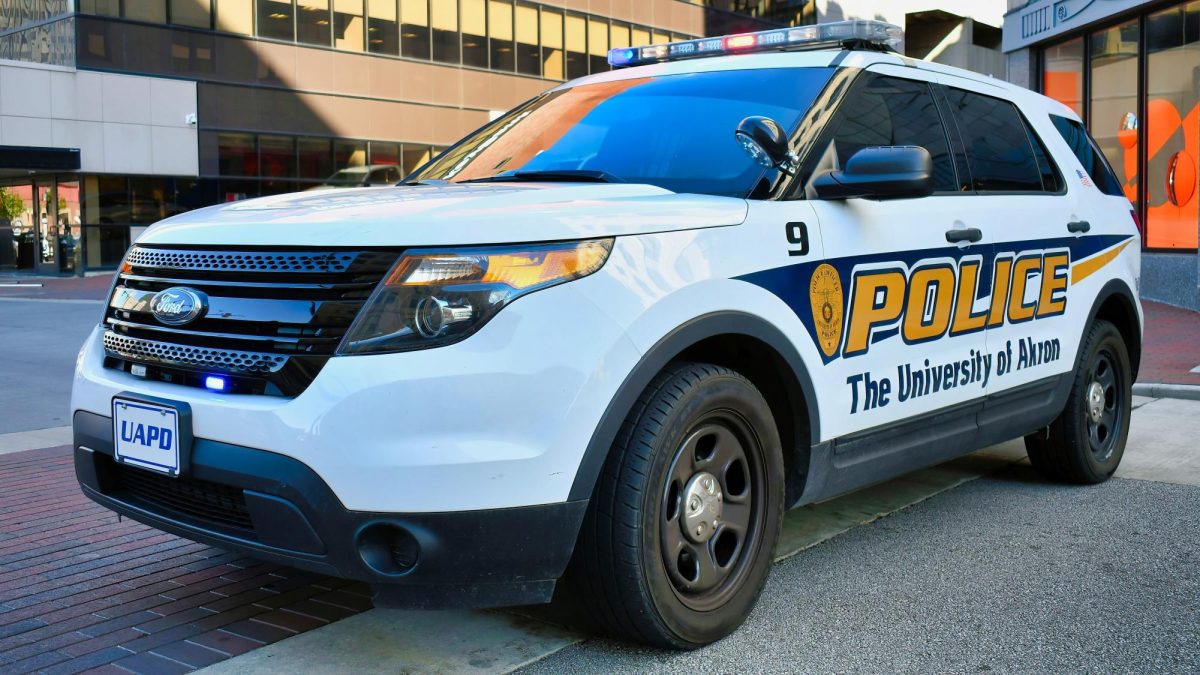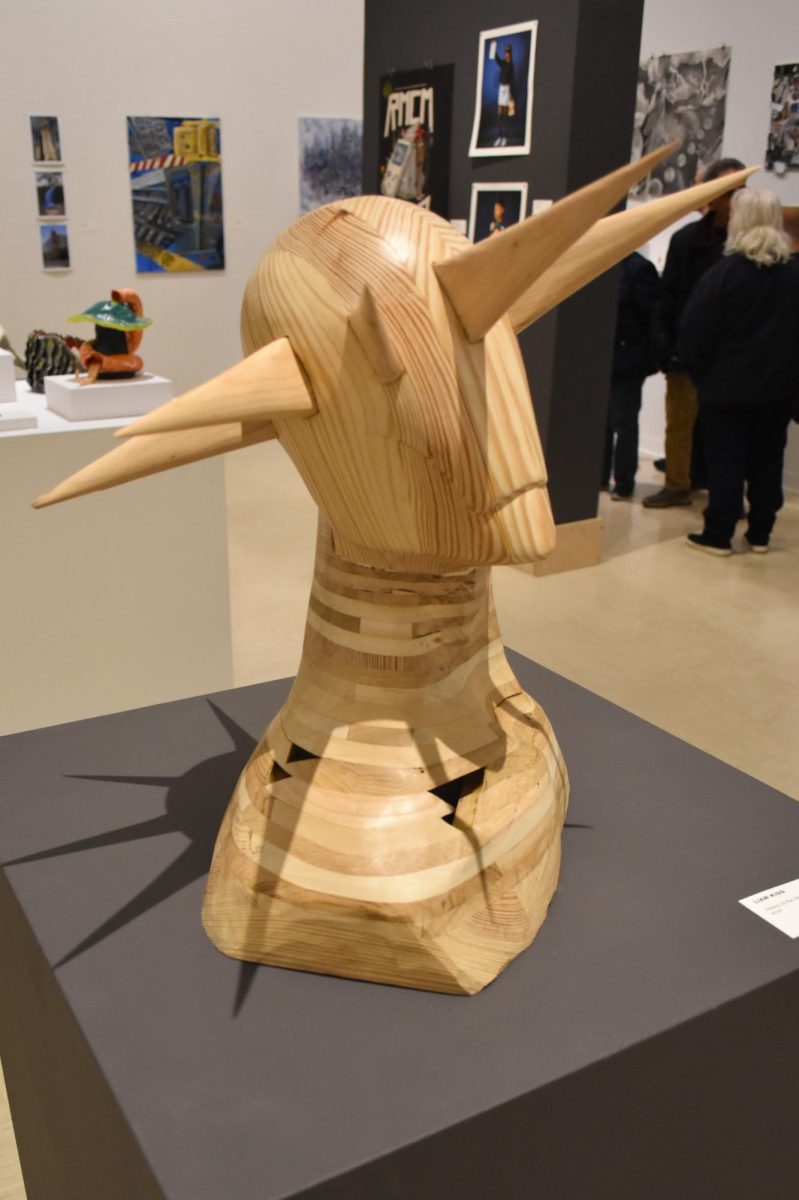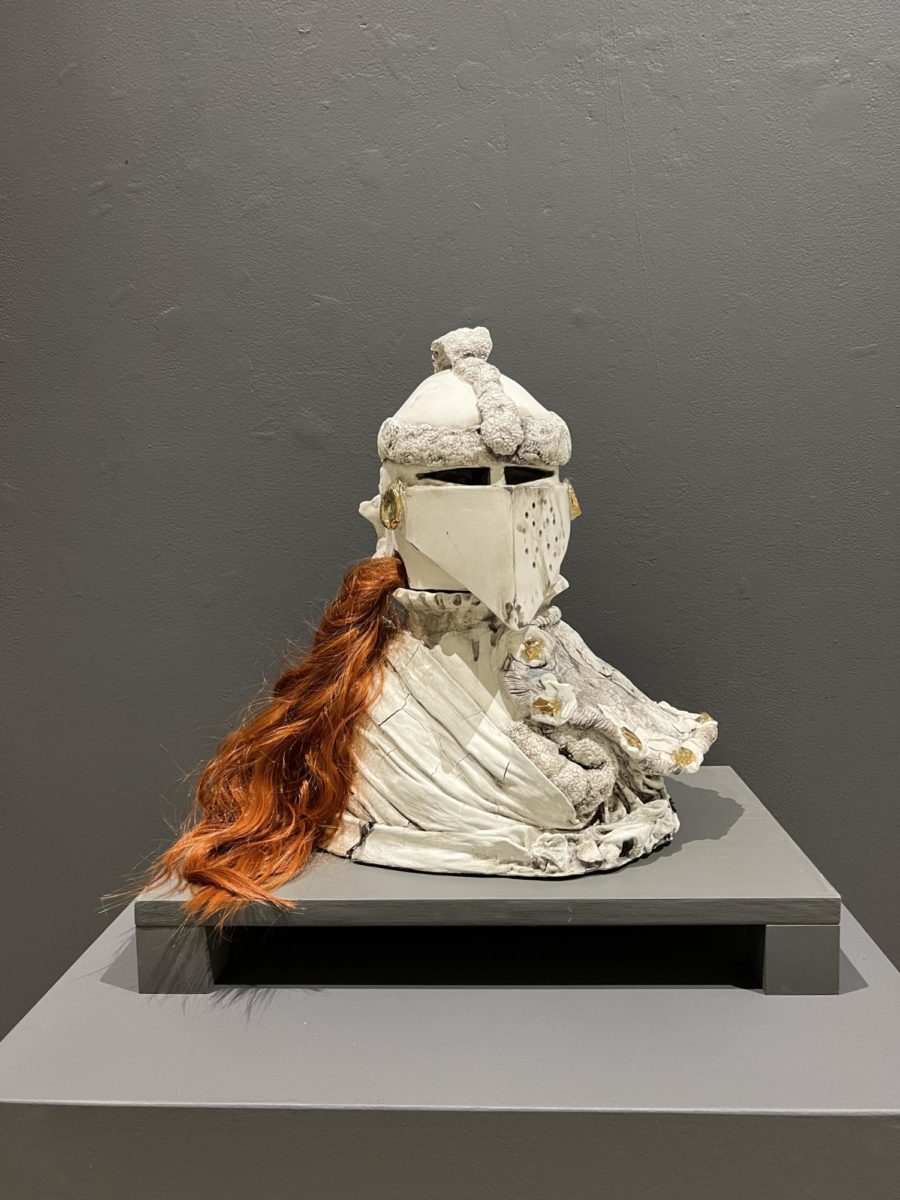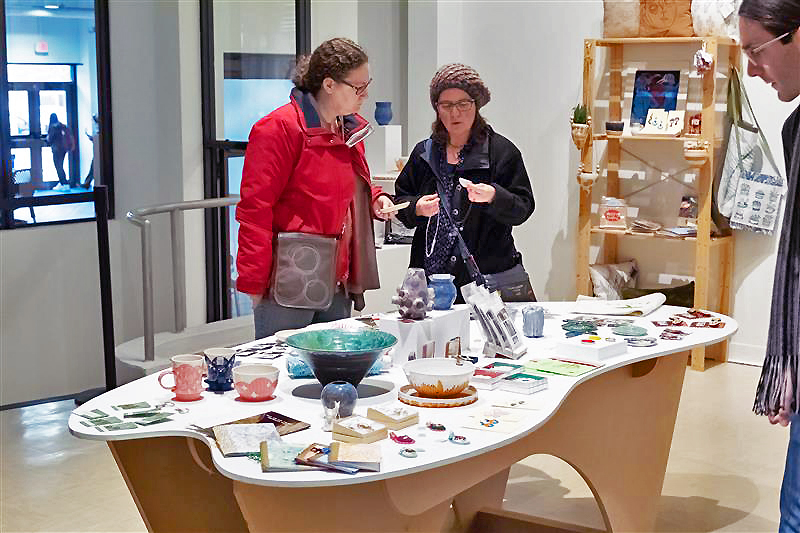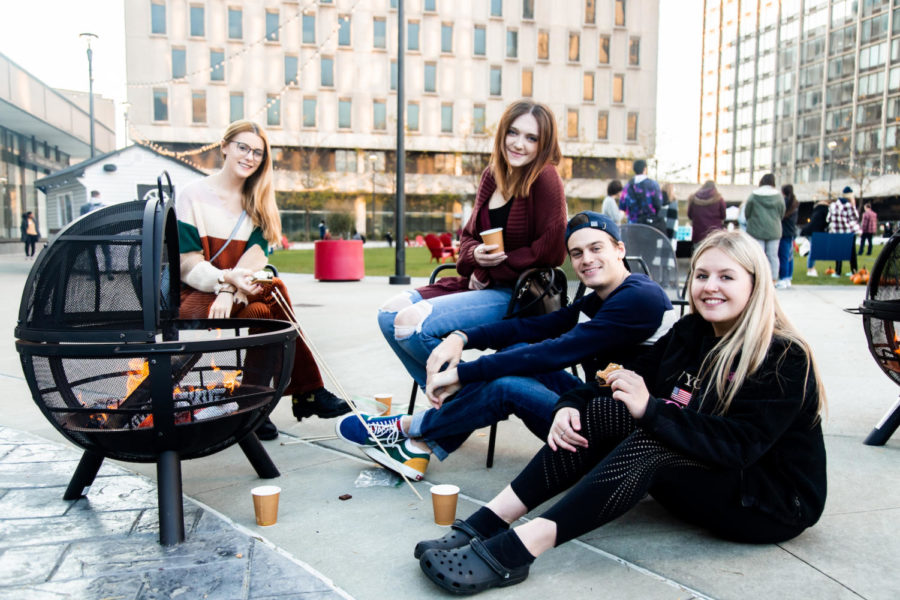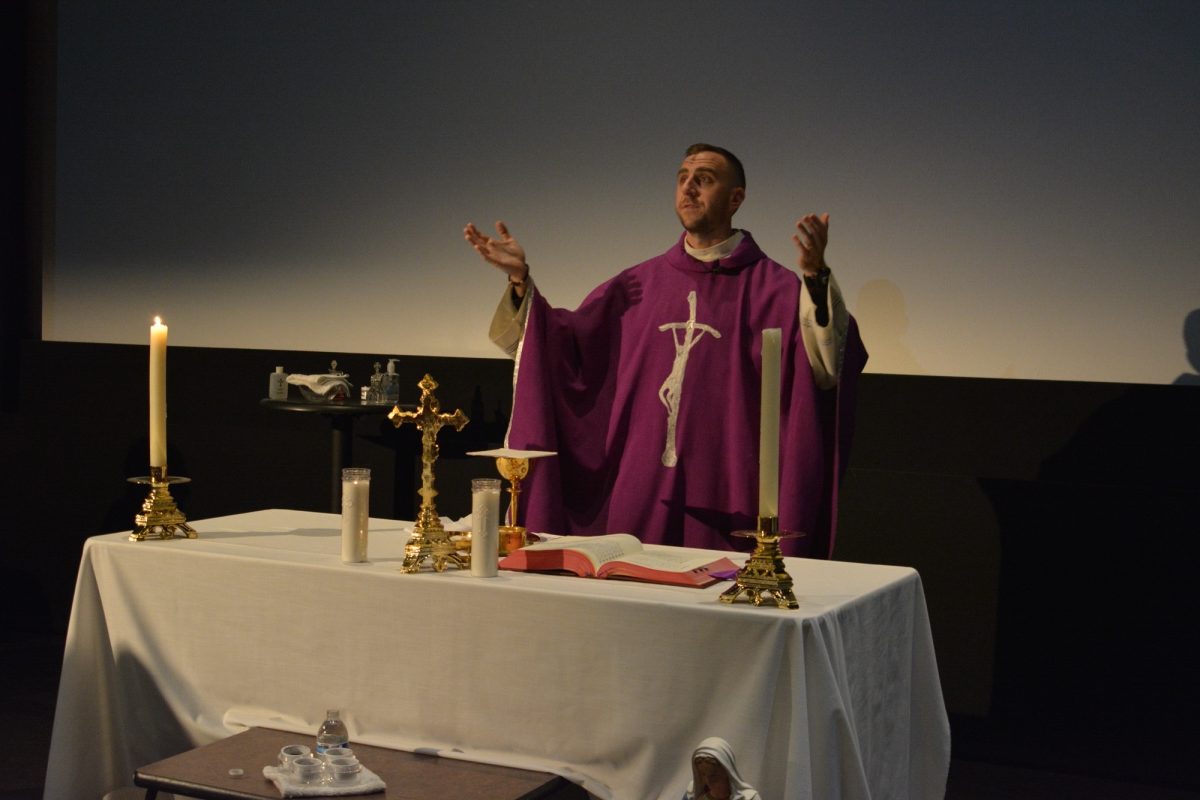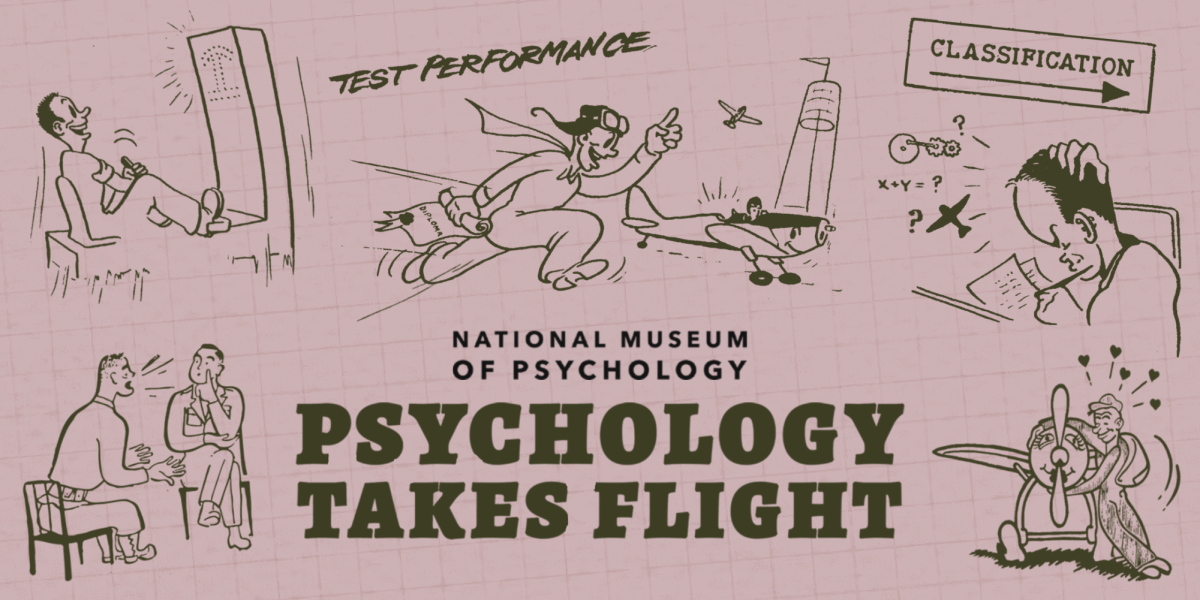Check out the new exhibit “Art as Therapy” at the Cummings Center on October 23, from 5:00 to 7:00 p.m. An opening reception will be available at the event. Registration is mandatory and can be completed on the official website.
Heidi Larew (LPCC-S, LICDC-CS, ATCS) and Madeline VanHorn (LPC, ATR-P) will be sharing remarks starting at 6:00 p.m. They will be speaking about the making of the exhibit and their own experiences.
This fresh display delves into the background, education, and implementation of art therapy, particularly in Northeast Ohio. By viewing artwork created by therapists and clients, guests will ponder the long-standing debate within the field: is artistry a means of psychotherapy, or a therapeutic act on its own?
“Art therapy is really a structured form of therapy. It requires significant training in order to conduct it in an ethical way. It’s not simply going and painting and just having a good time,” said Tony Pankuch, the Education and Outreach Coordinator on the Museum Team at the Cummings Center.
Art therapy has a deep history going beyond even the 1940s. Art can bring people together and help communication with others. It isn’t just used as a stress reliever but rather used for as many things as possible.
“Ohio just in the past year initiated formulized training for art therapists. We actually work with two different art studios in the development of this exhibit. One based out of Columbus, that is the studio of Heidi Larew. We also partnered with Mickey McGraw, who was an art therapist based in Cleveland,” said Pankuch.
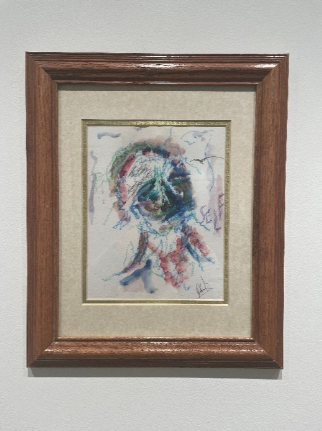
The painting above was loaned by Larew. It was created by an unknown artist during their final days in a hospice care facility in Cleveland, Ohio. The materials used helped to boost their confidence, and the process helped the artist explore the feelings they experienced in their final days.
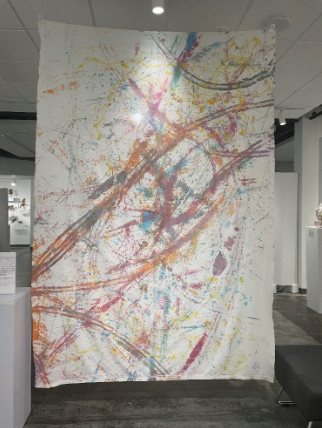
The artwork above was loaned by McGraw. This type of artwork is called Wheel Art. It is a technique done at the Art Therapy Studio in Cleveland, Ohio. It is done with people who are in wheelchairs. The wheelchair users roll through the paint to coat their wheels before moving onto the canvas and creating strokes left by the wheels.
“I think art is a central part of our lives. It’s how we communicate. It’s how we learn about people around us. I think that art therapy recognizes that and recognizes that understanding each other through art is valuable and a valuable means of communication and collaboration,” said Pankuch.
Art can make people feel different things when they look at it. Learning more about the stories behind the artwork can tell people more about it. Artwork can tell people way more than just meet the eye.
“I think that one of the things we want people to take away from it is this idea. This appreciation for the work that goes into art therapy, an understanding of art therapy as a potential profession to pursue and understanding of the positive impact that art therapy can have on individuals,” said Pankuch.
Come to this event to learn more about these art pieces. As well as hearing some stories from two art therapists. Learning about their experiences can give people a new perspective on art therapy.
On November 20, the Cummings Center will also be holding “Art and Wellbeing in Communities of Color: Discussion and Art Experience,” from 11:30 a.m. to 1:00 p.m.
This event will be on the 3rd and 4th floors of the Cummings Center. The address is 73 S. College St. Akron, Ohio 44325-4302. On the corner of Mill and College Streets.
Paid parking is available in the lot adjacent to the building. For more information on parking, please visit the Office of Accessibility website. .
A wheelchair ramp is located near the main entrance on the northeast side of the building. There is also an accessible elevator that can be used to reach the correct floors.
Stay in touch with the Cummings Center’s Instagram. Take a look at their Linktree in their bio as well for upcoming events.
This story was written as part of the Newswriting Across the Media course in The UA School of Communication.

